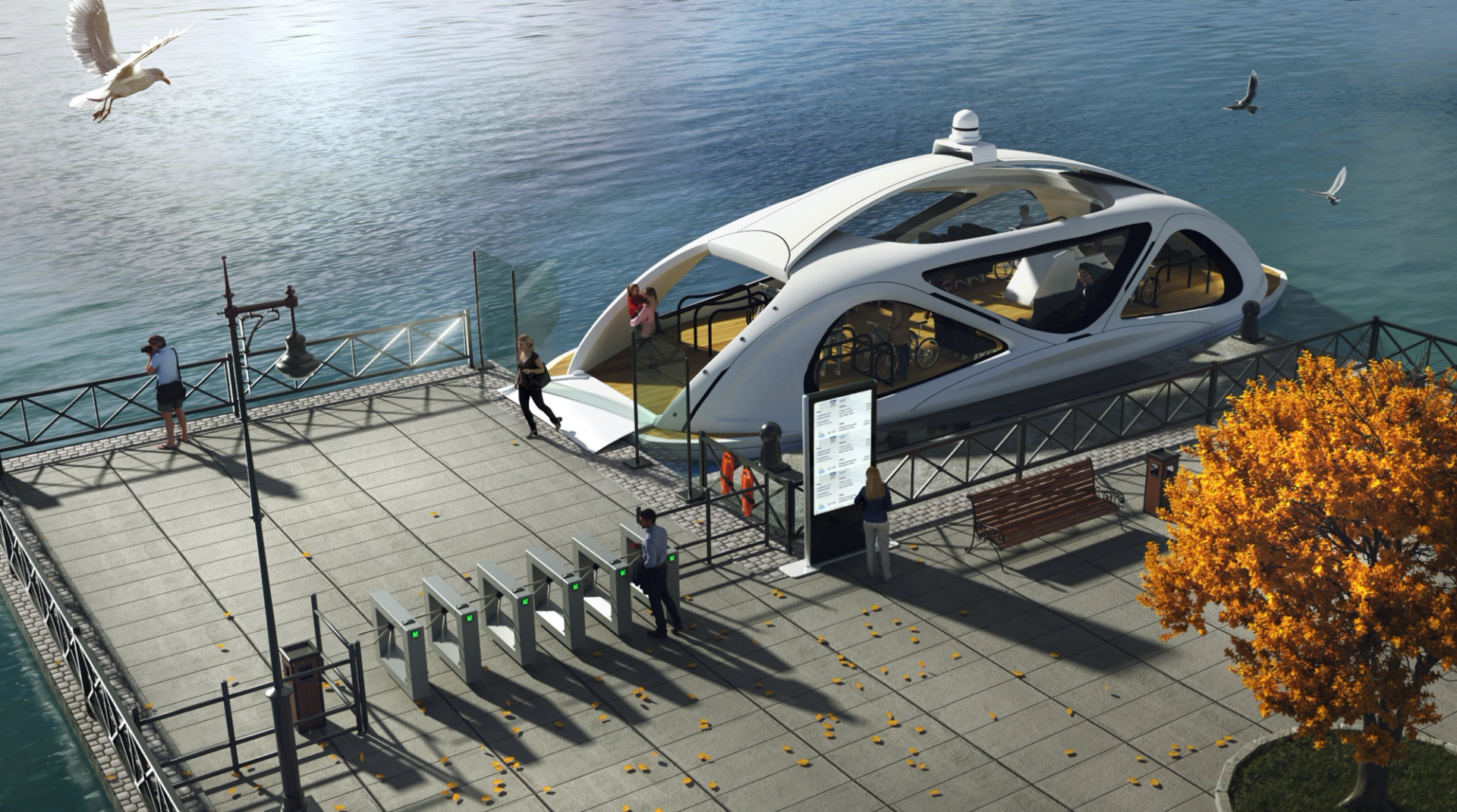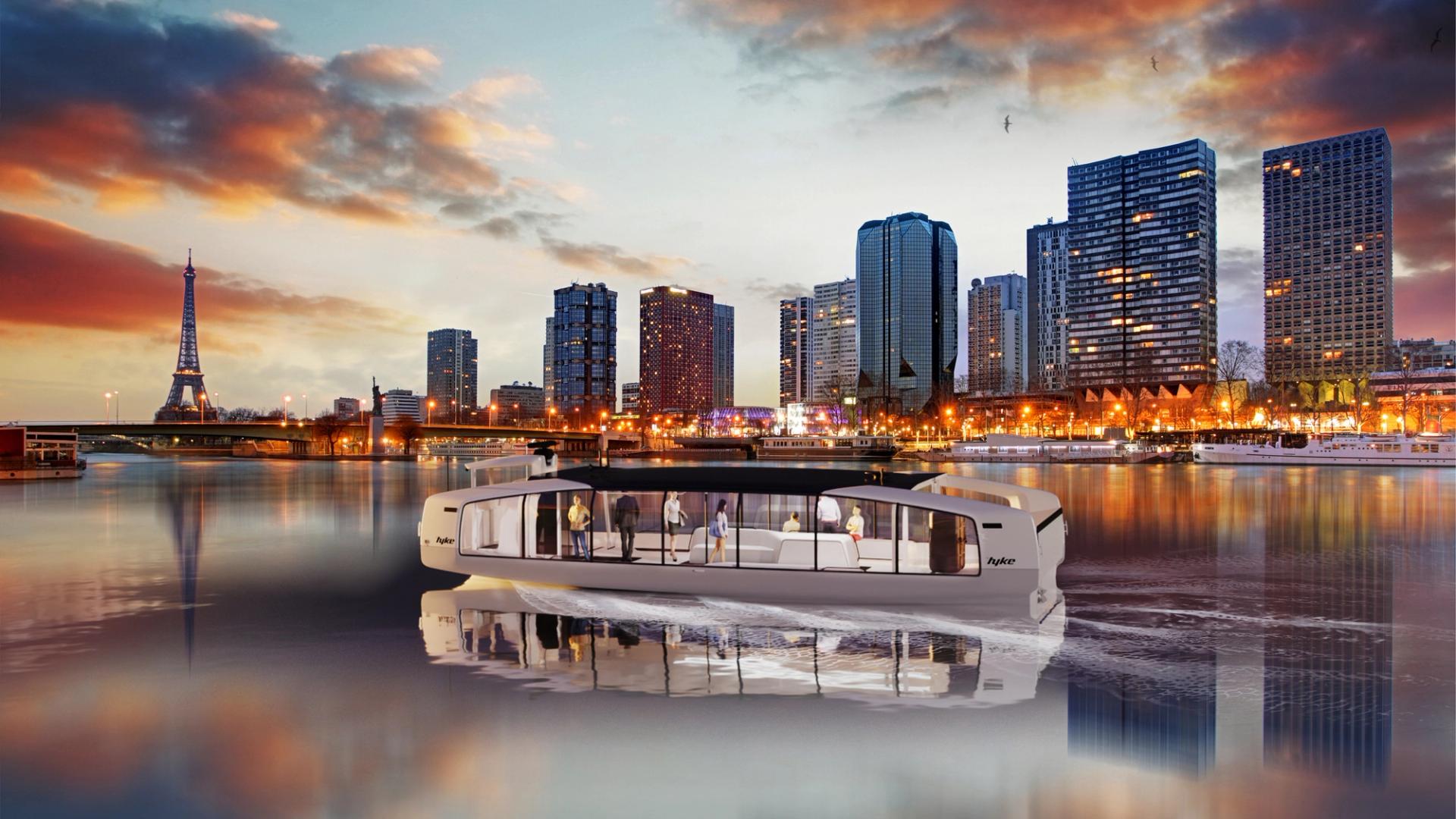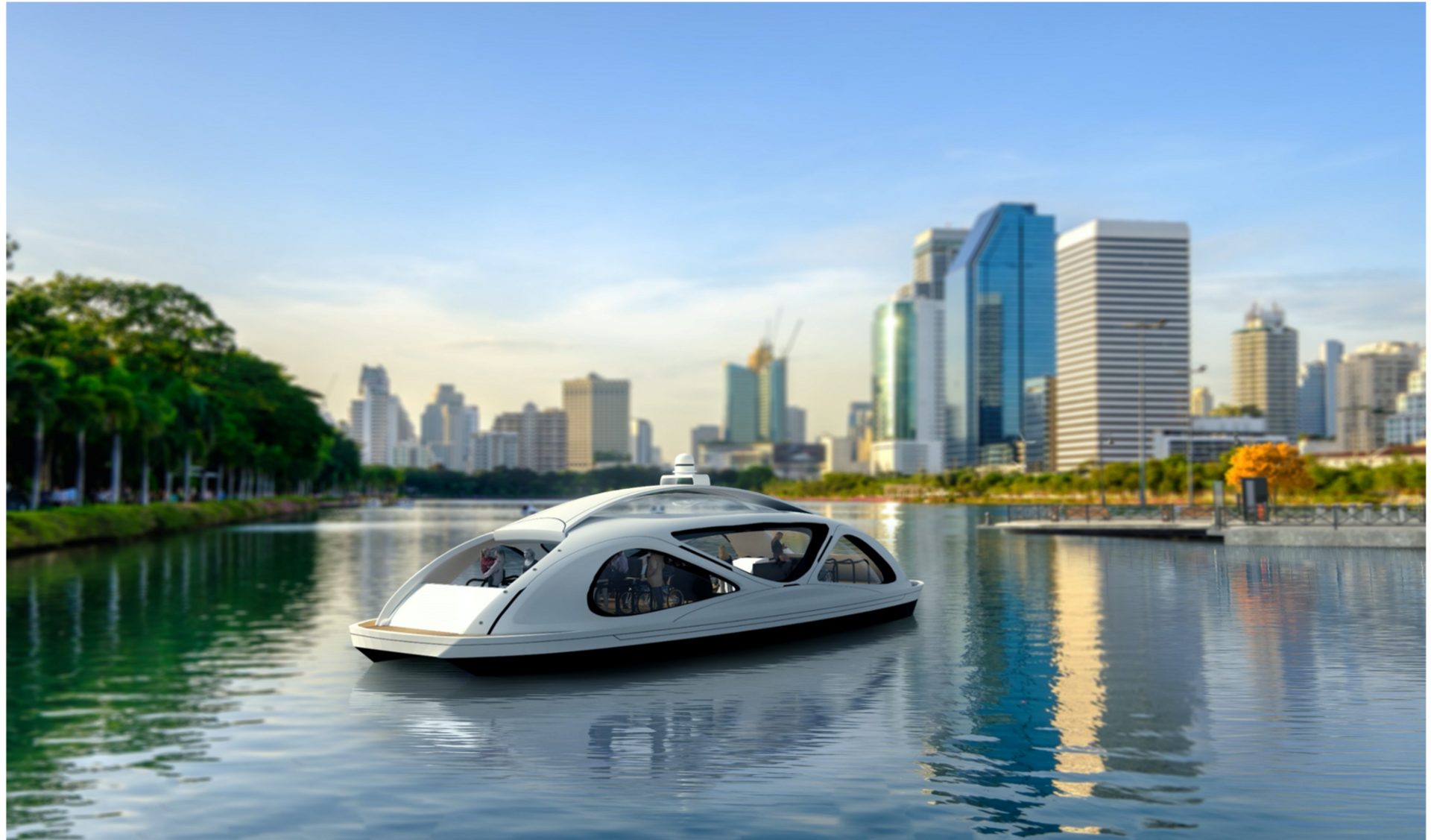Clean waterborne public transport: the next big thing in smart mobility

“When we present our concept to major urban authorities all over the world, the response is nearly always a version of ‘why haven’t we thought about this before?’,” says Erik Dyrkoren.
Dyrkoren is the CEO of Zeabuz, a Norwegian company developing zero-emission autonomous ferries for public transport in cities. He believes there is an obvious, yet untapped, solution to many of the urban transport woes that are, quite literally, floating around.
Roads are woefully inefficient
“Transporting people by road – and especially cars – is very inefficient in terms of space. Nearly every single city in the world is struggling with congestion. It’s not a problem you can solve by building bigger roads. And infrastructure for metros and trams is expensive to build. But while the roads are packed to their limits, the rivers and waterways are profoundly underutilised for transport.”
This is exactly what Zeabuz and multiple other innovative Norwegian companies are now changing. Their vision: a flotilla of electric, completely autonomous ferries transporting people on the many urban waterways of the world. Trials are already underway.
Zero-emission waterborne public transport also cuts costs and saves time for everyone.
“We want to use waterways to make it easier to get around, not look at it as an expensive barrier,” says Ketil Solvik-Olsen, CEO of Hydrolift Smart City Ferries (HYKE). (Editor’s note: Mr Solvik-Olsen left his post at HYKE and is now CEO of Seabrokers Fundamentering AS.)
“If we make it easy to use the waterways, I don’t think people will give it a second thought,” he adds.
Like Zeabuz, his company develops zero-emission autonomous ferries for waterborne public transport.
“Ferries are typically built one by one, tailored to each specific customer. That makes them a costly investment. Our goal is to make small and efficient, emission-free ferries that are available more or less off-the-shelf,”
Solvik-Olsen explains.

Intelligent charging
HYKE promises an integrated, emission-free ferry solution, including intelligent dockside charging technology, varying degrees of autonomous operations, and integration with smart city systems.
“We’re just now approaching the stage where electric, small-scale and self-driving ferries are technologically and financially viable. We want to industrialise this to bring costs down,” says Solvik-Olsen.
“Our boat-building expertise will reduce the cost of the ferry in itself. And by using technology and automation to reduce the employee per customer ratio, ferry operations will become significantly cheaper. We can thereby allow more cities to make use of their waterways.”
At their simplest, the small ferries gliding back and forth across the river provide an alternative to using bridges, significantly reducing the time it takes for pedestrians to move around the city.
This is worthwhile in and of itself, but Solvik-Olsen points out that waterways offer the potential to significantly expand the scope of public infrastructure.
“For example, if you are developing a new residential area just outside the city centre, you’d probably have to build up new roads and pathways or at least improve existing infrastructure,” he says.
“As the focus on sustainable transport grows, things like bike lanes are becoming a requirement. These are expensive projects. But if you can offer good, sustainable mobility solutions on nearby waterways instead, you can cut costs significantly and at the same time improve flexibility and travel options.”

Flexibility is crucial to passengers
Public authorities aside, there is another group that Solvik-Olsen will have to convince to get on board with sustainable waterborne transport: urban residents themselves.
“People tend to adapt quickly to the best and most practical mode of transportation. Previously, cars have given people the flexibility they wanted. But when you give people the same flexibility with public transport, most will make the switch,” Solvik-Olsen states, before citing another example of mass adoption at breakneck speed.
“Case in point: that’s exactly what we’ve seen over the past year or so in Norway, where the use of rentable, electric scooters has exploded in Norwegian cities.”
HYKE is now busy building prototypes and setting up pilot projects.
“We’re taking a step-by-step approach, improving and expanding our solutions and services as we go. Although we are not going to revolutionise the ferry industry overnight, we have significant technological and industrial expertise on board and have a clear vision of where we are going,” Solvik-Olsen explains.
He acknowledges that the level of autonomy may vary from country to country, and the first ferries will therefore initially be launched with a captain on board.
“We are ramping up the autonomy part gradually, as regulations and people’s acceptance develop. So, while our first ferries will ‘only’ be heavily automated, I am confident we will have a fleet of fully autonomous vessels in commercial operation within a few years.”

A simple push of the button
The idea behind Zeabuz is to increase the ease, efficiency and sustainability of waterborne transport, complementing existing transport infrastructure and lowering the threshold for people to walk or bike.
“With our solution, passengers will be able to summon the ferry with the push of a button, as if it were an elevator. In the first stage, it will go back and forth between two fixed stops on opposite riverbanks, but we will likely add more flexibility long-term,” says Dyrkoren of Zeabuz.
Zeabuz will also deliver docking and charging solutions.
“We strive to make our docking facilities as small and non-intrusive as possible. The mantra is that it should be easy to install for our customers, requiring little in the way of extra infrastructure,” says Dyrkoren.
People are quick to adopt new technologies
When picking up passengers, Zeabuz ferries will connect to the charging dock automatically.
“Using short bursts of automatic charging, we ensure that the service can run seamlessly for a long time without interruptions.”
In terms of user acceptance, Dyrkoren agrees with Solvik-Olsen that people tend to adapt rapidly to new transport modes.
“But we shouldn’t underestimate the role of aesthetics,” Dyrkoren cautions. “If the ferries look bulky or outdated it might put people off the idea. Which is why we have invested quite a lot of resources into the design of our products.”
So far, the trial projects have been conducted with a certain level of control and monitoring. However, the plan is to make any crew superfluous.
“We’re working towards a system that can run completely autonomously. That is where the real breakthrough lies: a digital, certifiable ferry captain,” concludes Dyrkoren.